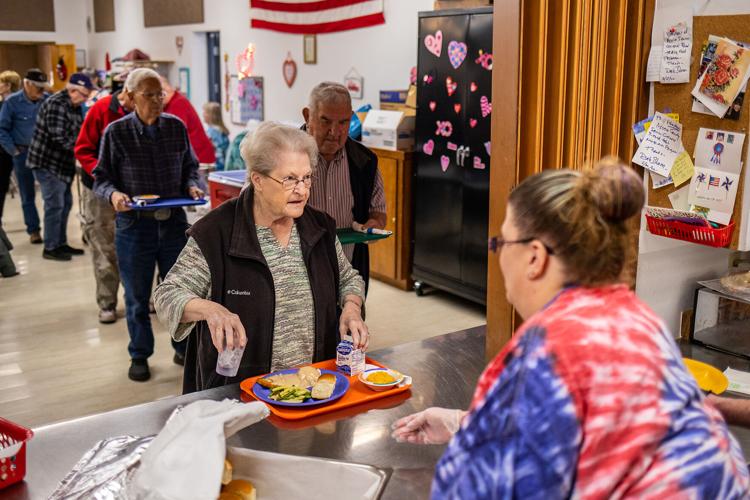
Lewiston-Clarkston Valley’s senior population could strain healthcare providers in coming years
Listen
(Runtime 0:58)
Read
An updated report using census data from 2020 shows that in the Lewiston-Clarkston Valley seniors account for 28% of all adults over 20 years old. This growth poses a challenge for the area, said Mark Havens, executive director at Interlink Inc.
Members of a bigger senior population would need more health care, transportation and accessible housing if they want to stay independent, Havens said. Interlink is a nonprofit that provides volunteer-based transportation and minor home modifications for seniors in the area.
The new report comes following nationwide updates to 2020 Census Bureau data.
Havens said those updates showed roughly 1,000 more residents in the Valley, almost all of whom are over 65. That means the Valley’s senior population is roughly 2% higher than previously thought.
Some of the reasons the Valley is especially attractive to seniors, Havens said, include its mild weather, relatively low cost of living and access to good health care facilities.
The median combined age for Asotin and Nez Perce counties was 42.4 years old in 2020. That makes the Valley the oldest population center over 50,000 people in all of Washington, Idaho, Oregon and Montana.
Interlink projects the senior population will still grow, with an expected one in three adults over the age 65 by 2040.
“The implications for that are definitely starting to be felt,” Havens said.
Right now, he said, the Valley isn’t prepared for what’s coming. Home health care agencies and health care providers, including TriState Health, are making plans to expand services and adjust for the future based on Interlink’s projections, Havens said, but that alone won’t be enough.
“Health care establishments have told us they’re just not going to be able to keep up unless something changes with the labor force,” Havens said.
One of the ways the Valley could address the projected increase in health care needs is by investing in senior health initiatives to keep seniors healthy for longer, Havens said.
In a second, yet-unpublished report, Havens and the staff at Interlink have started to lay the groundwork for senior health initiatives, including physical, mental, social, spiritual, financial and intellectual and environmental health.
One of the subgroups within the senior cohort, and a focus for health initiatives, is what Havens called “solo seniors,” he said. These are people who live alone and have no nearby family members or connections to other people who could help take care of them.
Solo seniors are the most vulnerable to health care issues, loneliness, and poor quality of life, Havens said. That subgroup also is expected to grow. Future seniors are expected to have far fewer adult children than retirees today, and fewer will belong to a faith congregation.
The draft report proposes initiatives to improve senior health in all seven categories, including increasing access to exercise groups, increasing social and educational opportunities, and screenings for physical and mental health.
“There’s a lot of really, really interesting ideas. Now the next step is finding out who wants to take the lead on some of these projects, and where will the money come from,” Havens said. “At least we will have a plan.”
The report also noted limited availability of appropriate housing for seniors as a major issue the Valley will need to address.
Typically, seniors need less space and low maintenance dwellings. The availability of that type of housing isn’t keeping pace with the Valley’s senior population, Havens said.
According to the report, “research done by Interlink shows an immediate market of about 400 local senior citizens living in inappropriate or unsafe residences who would move into senior housing now if it were available and affordable.”
The Valley also is struggling to retain young adults as baby boomers age out of the workforce. According to the report, roughly 70% of high school students in the Valley leave the area.
Young people also are not moving to the area, Havens said. Though the Valley sees a continual in-migration of seniors, Lewiston and Clarkston fail to attract enough young people, including those from immigrant populations that tend to be younger, to replace their workforce.
The report suggests the Valley will need to find more ways to entice young people to stay in, or move to, the area. It also suggests employers may need to find ways to entice older employees to work longer than they had planned.















